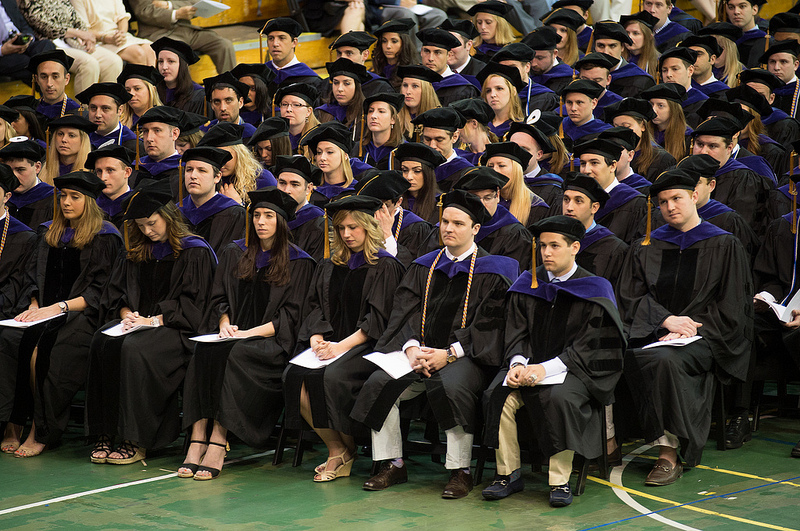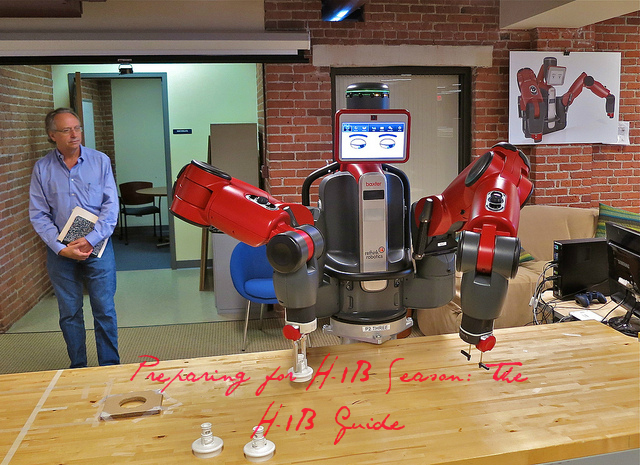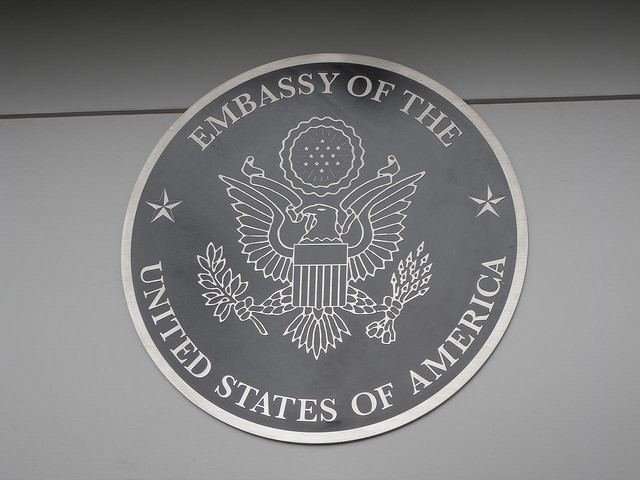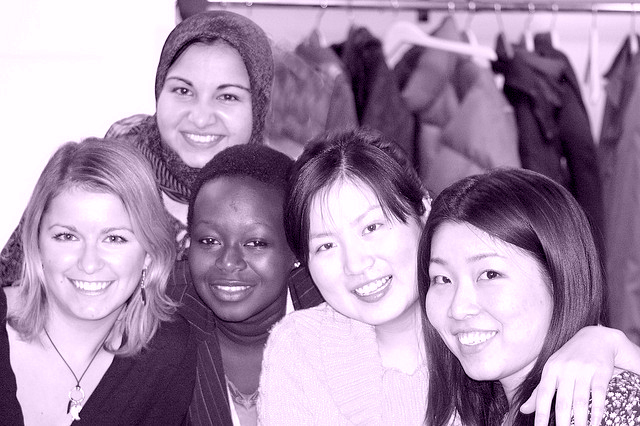As previously reported, the Department of Homeland Security was given a 90-day extension earlier this year, by the Federal District Court of Columbia to issue a new replacement rule for the STEM Optional Practical Training (OPT) program to continue. The STEM OPT program, a program that had been in place since 2008, was invalidated earlier this year following a court order which required DHS to publish a new replacement rule governing the program by February 12, 2016. In response to the court order, DHS requested an additional extension arguing that exceptional circumstances warranted additional time to review the overwhelming number of comments received during the comment period. The court granted the extension, giving DHS until May 10, 2016 to implement a final rule. On March 2nd, the Office of Information and Regulatory Affairs, Office of Management and Budget (OMB) announced that review of the new OPT STEM replacement rule had been completed. DHS is expected to submit the final rule in the federal register within the next few weeks. The new rule will take precedence over the 2008 OPT STEM rule that had been in place previously. The final rule is not expected to be implemented until May 10, 2016. Once the final rule is published, we will have a better idea of where applicants will stand in relation to pending applications for employment authorization and receiving 7-month OPT extensions.
Please continue to follow our blog for more information. If you require legal advice please contact us for a consultation.
 Visa Lawyer Blog
Visa Lawyer Blog






